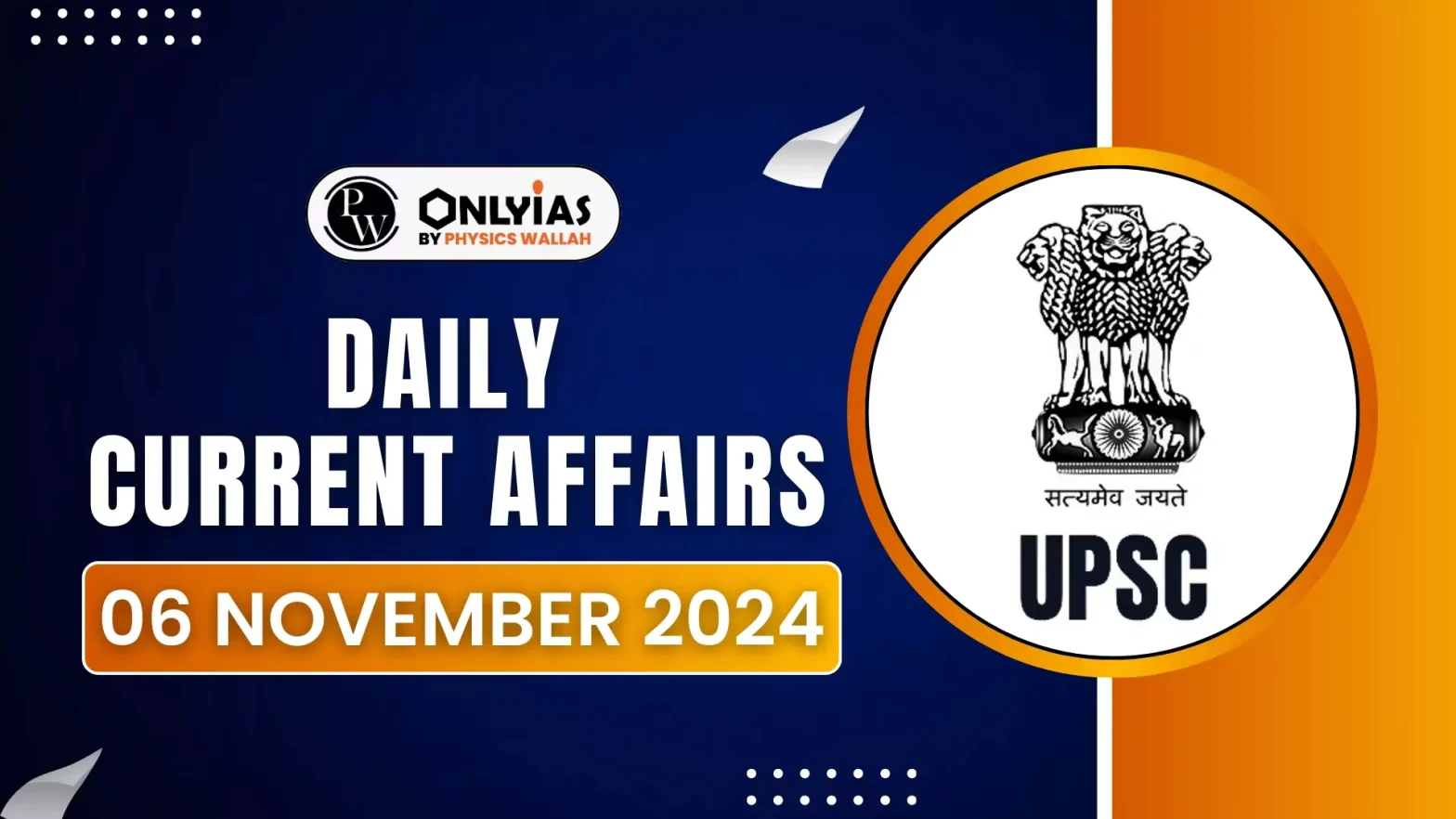International Solar Alliance (ISA)
Context: The Seventh session of the International Solar Alliance (ISA) Assembly elected its President and Co-president for a period of two years from 2024 to 2026.
Seventh session of the International Solar Alliance (ISA) Assembly
- India and France retain the Presidency and Co-Presidency of the ISA Assembly.
Overview of the International Solar Alliance (ISA)
- About: It is a treaty-based international organisation with 120 Member and Signatory countries. which lie either completely or partly between the Tropic of Cancer and the Tropic of Capricorn.
- Paraguay became the 100th country to join the International Solar Alliance (ISA).
- Mission: ISA’s mission is to unlock US$1 trillion of investments in solar by 2030 while reducing the cost of the technology and its financing.
- Headquarters: ISA became the first international intergovernmental organisation to be headquartered in India.
- Governance Structure:
- ISA Assembly: The Assembly is ISA’s yearly apex decision-making body, representing each Member Country.
- The Assembly is responsible for implementing ISA’s Framework Agreement.
- Committees: ISA has five committees:
- The Standing Committee and four Regional Committees that have been established for each of the four ISA Regions i.e,
- Africa; Asia and the Pacific; Europe and Others; and Latin America and the Caribbean.
- Secretariat: The Secretariat ensures that appropriate steps are taken to follow up the Assembly decisions and to coordinate the actions of ISA Member Countries in implementing such decisions.
- The ISA Secretariat is headed by the Director General and located in Delhi, India.
Enroll now for UPSC Online Course
Key Initiatives of the International Solar Alliance (ISA)
- Solar Data Portal: provides real-time solar data, empowering stakeholders with transparent insights for informed decision-making in solar projects.
- Ease of Doing Solar: Provides analytics and advisory services to make nation’s legislative and policy frameworks more supportive of solar energy.
- Global Solar Facility: aims to unlock commercial capital for solar projects in underserved regions, especially Africa.
- SolarX Startup Challenge: has successfully identified and supported innovative, scalable solutions for the solar sector.
- STAR-Centre Initiative: Solar Technology Application Resource-Centre (STAR-C) are equipped with specialised training facilities, tools, and structured learning modules designed to cultivate a highly skilled solar workforce.
- To date, ISA has successfully established and operationalised STAR Centers in seven countries: Ethiopia, Somalia, Cuba, Côte d’Ivoire, Kiribati, Ghana, and Bangladesh.
Krishna Iyer Doctrine
Context: The recent Supreme Court judgement, which referred to the Krishna Iyer Doctrine, sparked a debate about the role of the judiciary in balancing individual rights and societal interests.
About Krishna Iyer Doctrine
- The Krishna Iyer Doctrine, named after the former Supreme Court Justice V.R. Krishna Iyer, is a judicial philosophy emphasizing human rights, social justice, and the role of the judiciary in addressing societal issues.
- It is characterised by a strong commitment to the protection of marginalised groups and the promotion of equality.
Check Out UPSC CSE Books From PW Store
Key Aspects of the Krishna Iyer Doctrine
- Human Rights and Social Justice: The doctrine prioritizes human rights and social justice, advocating for the protection of the rights of the marginalized and disadvantaged.
- Judicial Activism: It encourages judicial activism, where the judiciary plays an active role in shaping social and economic policies to address societal problems.
- Public Interest Litigation: The doctrine supports public interest litigation, allowing individuals and organizations to bring cases to court on behalf of the public interest.
- Bail as the Rule, Jail as the Exception: This principle emphasizes the importance of granting bail to accused persons, especially in non-serious cases.
- Focus on the Underprivileged: The doctrine calls for special attention to the needs of the underprivileged and marginalized sections of society.
![]() 6 Nov 2024
6 Nov 2024

